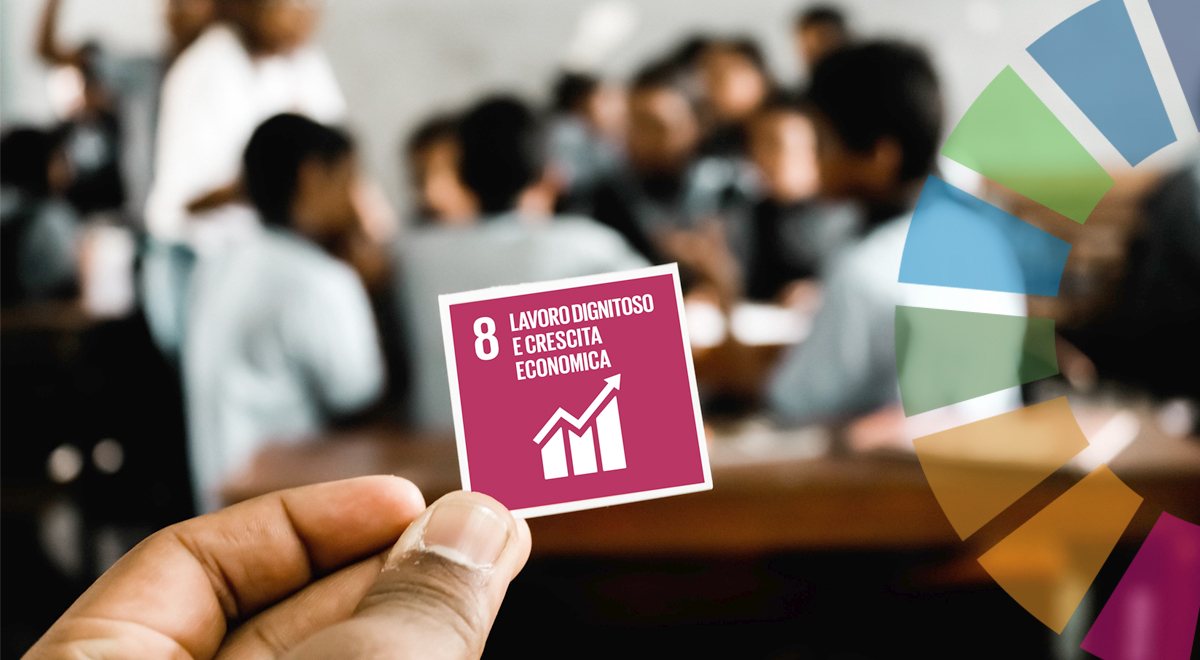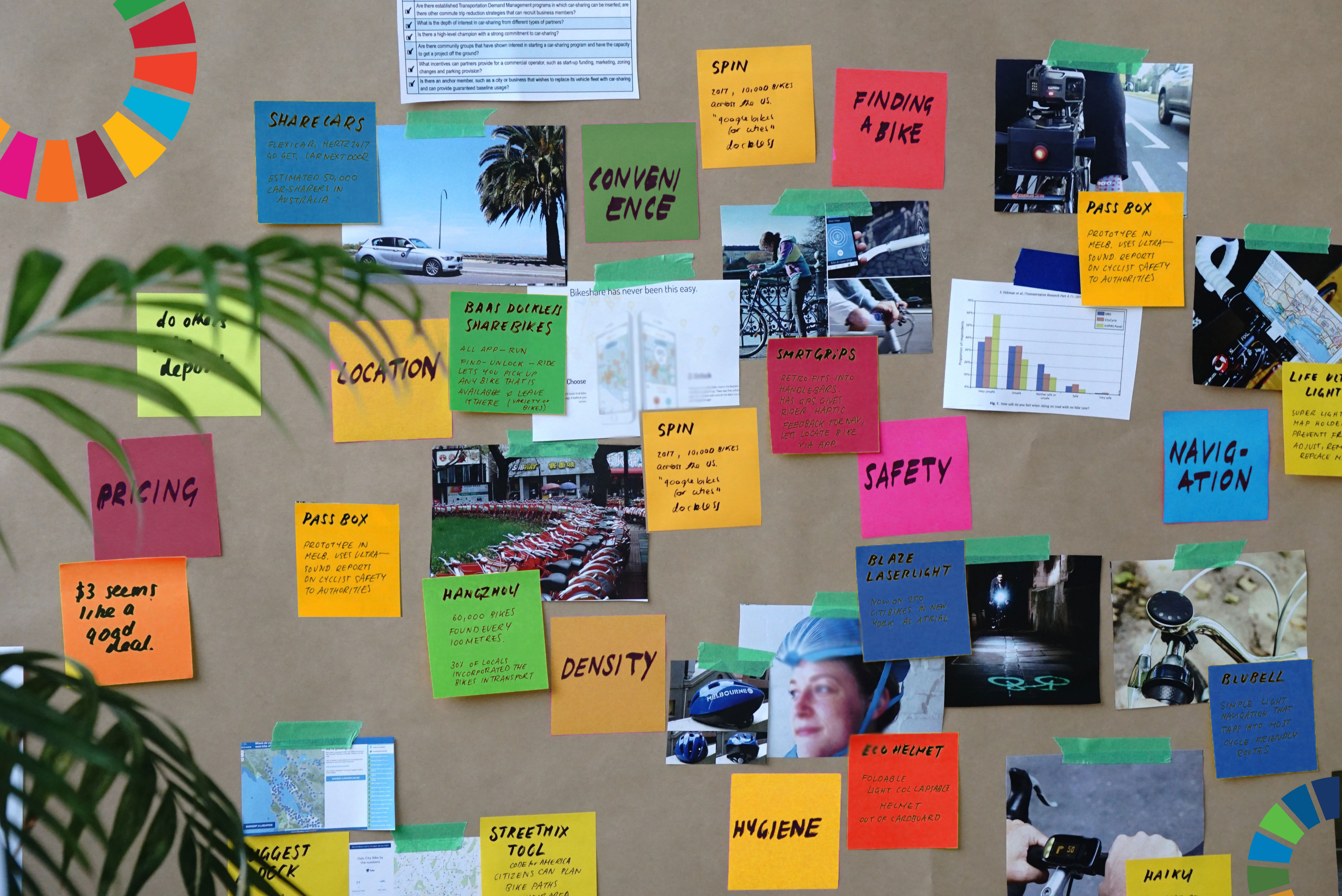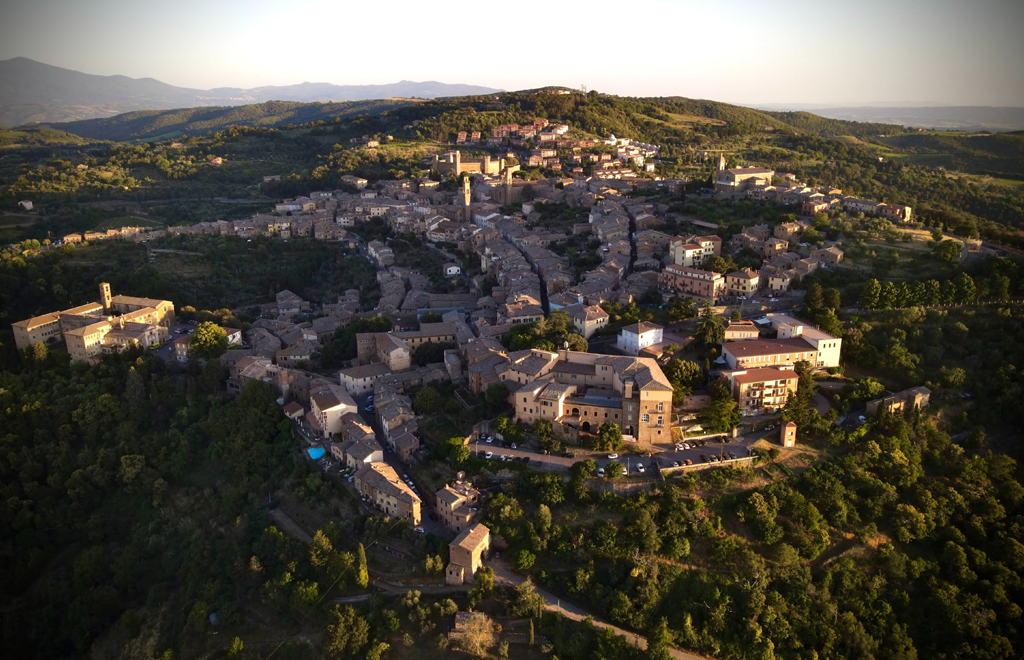The Voluntary Local Review (VLR) is an analysis of the Sustainable Development Goals (SDGs) for a specific local context, thus, a very important monitoring tool for their implementation at city or regional level. The process of SDGs localization that starts with the Voluntary Local Review allows local authorities to identify their own priorities and territorial specificities. When it combines a careful analysis of indicators with a participatory process that involves citizen and local stakeholders and a coherence analysis of existing policies as a basis for planning and policy design it also becomes a strategic planning tool. The Local Development Unit can help LRGs engage in this process.
The first city to carry out a Voluntary Local Review was New York in 2018: at the UN High Level Political Forum NYC presented a unique document in which it proposed a comprehensive analysis of all the city’s progress towards the localization of Sustainable Development Goals. According to the 2° volume of the Guidelines for VLR by UN-Habitat, the UN agency tasked with fostering socially and environmentally sustainable urbanisation, and UCLG, United Cities and Local Governments, the attention to the strategic value of this document has grown exponentially: the number of VLRs has increased from 35 in 2020 to 69 in 2021, and more than 30 are in the pipeline for 2021-2022.
Why is it called Voluntary Local Review?
Voluntary, because it is written by local governments on a voluntary basis and is later presented in specific meetings in the framework of the United Nations High Level Political Forum. There is no set format: each city, region or territory is free to choose its own indicators, based on what it perceives as its own priorities and territorial specificities.
Local, because the level of analysis is local: local leadership and action have generated enthusiasm, partnership and innovation, driving progress towards achieving the SDGs, with local and regional governments playing a central role as drivers of sustainable human development. The demand for institutional interaction between the local and national levels is increasing, pushing for the inclusion of local and regional governments in the creation of inter-institutional mechanisms for implementing the goals.
Review, because it aims at capturing all the processes that contribute to the achievement of SDGs. It has grown to be more than a mere reporting exercise: in recent years, the VLR process seems to contribute to many dimensions of governance that are considered critical for local implementation of the SDGs. Moreover, VLRs aim at increasing transparency and accountability towards local communities, thus contributing to rebuilding the social contract.
What are the benefits of a Voluntary Local Review for local contexts ?
- VLRs help communities and local decision-makers to focus on the areas that require most effort and direct future choices and future funding;
- VLRs translate the SDGs into concrete social solutions and provide a global language to local issues, through the lens of the SDGs;
- VLRs offer public administrations a cognitive tool to break down silos and facilitate dialogue;
- VLRs involve citizenship and civil society in a transparent and participatory way;
- VLRs foster dialogue with other territorial realities at international level and help in becoming part of a global movement to localise the SDGs;
- VLRs constitute a starting point for the process of monitoring local actions.
How to make the Voluntary Local Review a truly effective tool?
Although there is no set format for the Voluntary Local Reviews, there are some elements that, if present, make it more effective and informative.

Analysis of indicators: having a solid, up-to-date and detailed information base at local level is the first step towards a more informative VLR. It is important that the design and selection of indicators combines the need to capture territorial specificities with the alignment of key indicators at local level that have national and supranational measuring frameworks. Moreover, it is important that the information base contains not only quantitative data but also qualitative data, that can be collected through participatory methods and stakeholder engagement processes.
Participation of local actors: involving and empowering local communities through the elaboration of VLRs can contribute to a more proactive, aware and systematic participation to sustainable development processes. Furthermore, it broadens the information base, bringing young people and vulnerable groups closer to decision-making processes and reinforcing a collective vision to promote sustainable development at local level.
Analysis of policy coherence: VLRs can foster horizontal and vertical alignment between existing development plans and strategies, thereby strengthening the interaction of resources, skills and knowledge between levels (e.g. municipal, inter-municipal, metropolitan, regional, national, supranational and global) and sectors (e.g. public, private and social).
Support to strategic planning: VLRs can also help in identifying areas where action is needed and, thus, establish clear priorities that can orient strategic planning and budget choices towards the SDGs localization. The VLR can be a monitoring and reporting tool, but also a process that guides local governance towards sustainable development.
The combination of these four phases allows a VLR to be much more than a simple technical and guiding document becoming a strategic planning to promote other key sectors such as sustainable tourism. With the support of the Local Development Unit, LRGs can identify scientifically the appropriate indicators for their context, guaranteeing comparability with other local contexts and other levels. With a scientific support, LRGs can also involve local actors in the identification of the territory’s virtuosity, problems and possible future actions; and, last but not least, analyse externally the coherence and connection between the existing policies and the SDGs.
Technical and scientific support for the implementation of the VLR, thus, allows local context and territories to enter a global movement and enhance their visibility.



